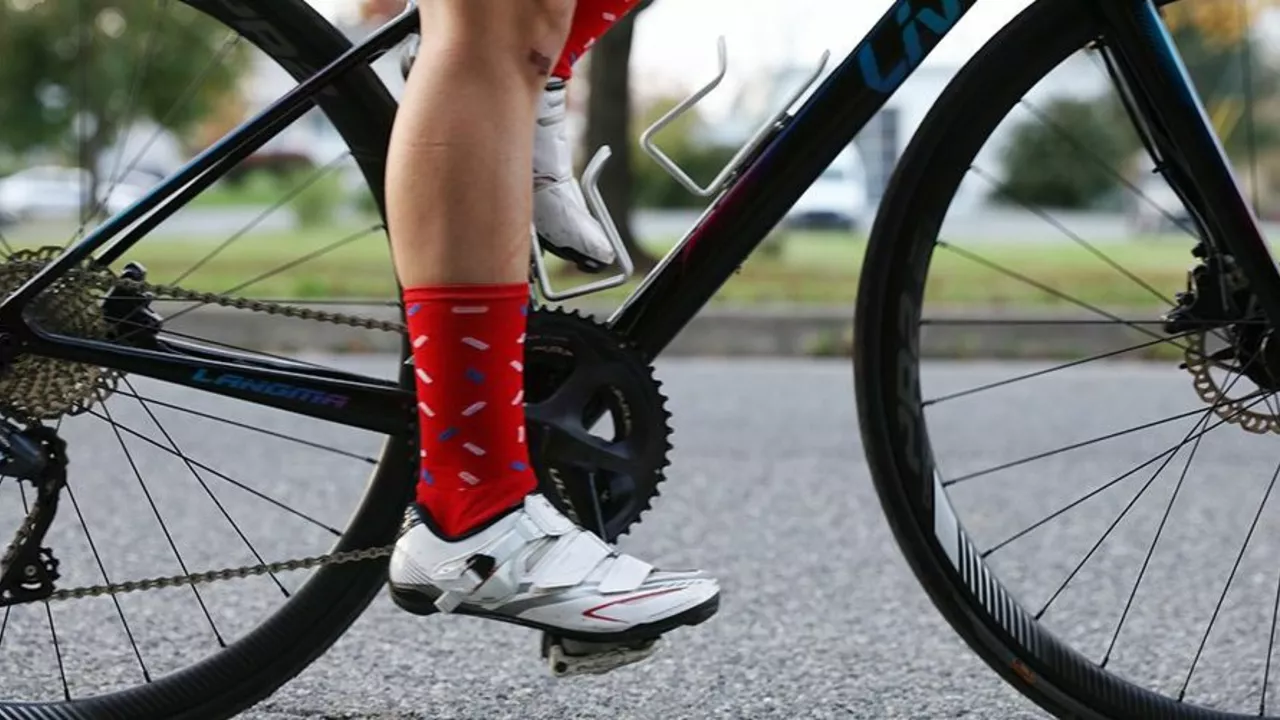
Understanding Your Pedal Needs
Before we dive into the various types of pedals available for road bikes, it’s crucial to understand your specific needs. Are you a racer, or do you prefer leisurely rides? Do you need to walk in your cycling shoes often? The answers to these questions will significantly influence the type of pedal that's best suited for you. As a cyclist, your pedals are the interface between your bike and your body, playing a pivotal role in both comfort and performance. Therefore, choosing the right ones is paramount.
There's a vast array of bike pedals to choose from, each with its unique benefits. Some offer a secure attachment to your foot, while others allow for easy on and off access. It all boils down to personal preference and the type of cycling you'll be doing. So sit back, relax, and let's explore the world of road bike pedals together.
Clipless Pedals
Clipless pedals are the go-to choice for many road cyclists due to their efficiency. Contrary to what the name suggests, these pedals do indeed 'clip-in' to cleats attached to the bottom of cycling shoes. This secure connection allows for efficient power transfer from your legs to the bike. They're particularly beneficial for competitive cyclists who need every bit of power they can produce.
However, clipless pedals can be intimidating for beginners due to the learning curve involved in clipping in and out. Falling over at a stop sign because you couldn't unclip in time is a common newbie error. But with practice, it becomes second nature.
Platform Pedals
Platform pedals, also known as flat pedals, are the simplest type. They offer an unintimidating entry point for new cyclists. With a large surface area for your foot to rest on, platform pedals are incredibly user-friendly. Plus, you can use them with any shoe, making them perfect for casual rides or commutes.
While not as efficient as clipless pedals, platform pedals have their advantages. For instance, they allow for quick foot placement and removal, which can be beneficial in traffic-filled commutes or unpredictable off-road situations. They also require no special shoes, making them a cost-effective choice.
Toe Clip Pedals
Toe clip pedals, also known as toe cages, are a middle ground between clipless and platform pedals. They feature a platform pedal with a cage and strap attached that wraps around the front of your shoe. This setup allows for better power transfer than platform pedals while still being compatible with regular shoes.
While not as efficient as clipless pedals, toe clip pedals offer more flexibility and can be a great option for commuters and casual cyclists. However, they can be a bit fiddly to get in and out of, especially compared to platform pedals.
Pedal Material
The material of your pedal can significantly impact its weight, durability, and price. Most road bike pedals are made of either plastic, steel, aluminium, or carbon composite. Plastic pedals are the most affordable but least durable. Steel and aluminium offer a balance between cost and durability, while carbon composite is the lightest but also the most expensive.
It's essential to consider your cycling needs and budget when choosing pedal material. Competitive cyclists may benefit from the lightweight properties of carbon composite, while casual riders and commuters might find steel or aluminium pedals perfectly adequate.
Pedal Cleats
Cleats are the small pieces of metal or plastic that attach to the bottom of your cycling shoes, allowing them to clip into clipless pedals. They come in different styles, each providing a different level of foot movement, known as float.
Some cleats provide a fixed position with no float, which can offer a more direct power transfer but may cause discomfort or injury if not correctly aligned. Other cleats offer a degree of float, allowing your feet to move slightly, which can be more comfortable for long rides.
Finding the Right Pedal Tension
Pedal tension refers to the amount of force required to clip in and out of clipless pedals. Most clipless pedals allow you to adjust this tension to suit your preference. High tension ensures a secure connection but can make it harder to unclip quickly. Conversely, low tension makes unclipping easy but increases the risk of accidental unclipping.
As a beginner, it's advisable to start with a lower tension and gradually increase it as you become more comfortable with the clipping in and out process. Remember, comfort and safety should always come first.
Choosing the Right Cycling Shoes
Your choice of pedals will directly impact the type of shoes you need. If you choose clipless pedals, you'll need cycling shoes with cleat systems that match your pedals. For platform or toe clip pedals, any comfortable, sturdy shoe should work fine.
Remember, comfort is key when it comes to cycling shoes. Make sure to try several pairs and choose one that fits well and suits your style of cycling. Also, consider the ease of walking in the shoes, especially if you plan on using them for commuting or casual rides.
Maintaining Your Pedals
Like any other part of your bike, pedals require regular maintenance to perform their best. This includes cleaning them regularly to remove dirt and grime, especially after riding in wet or muddy conditions. Also, check for any signs of wear or damage, such as worn-out cleats or loose parts.
If you use clipless pedals, make sure to regularly check and adjust the pedal tension. Also, remember to replace your cleats once they start showing signs of wear. With proper care and maintenance, your pedals can serve you well for many miles to come.
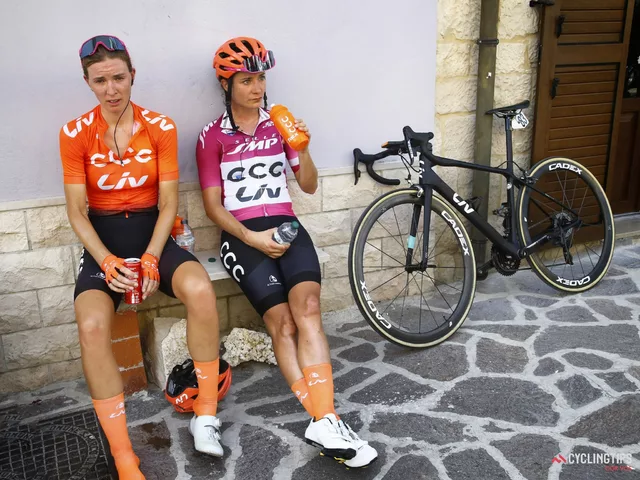

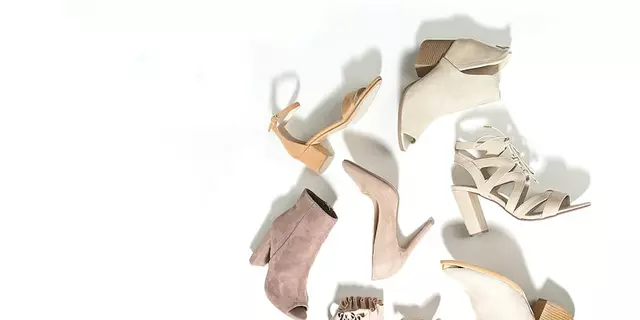
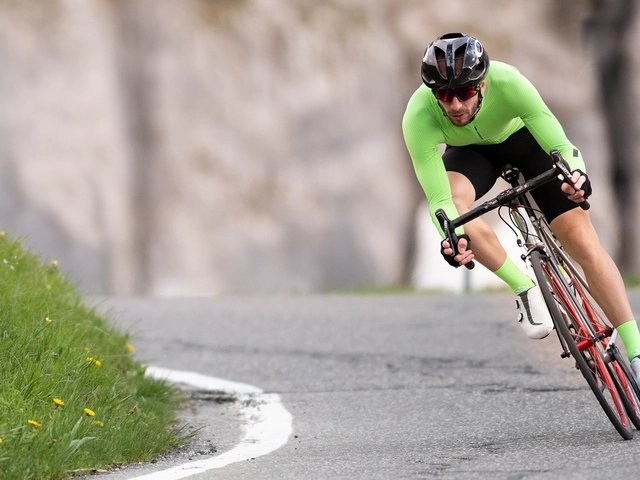
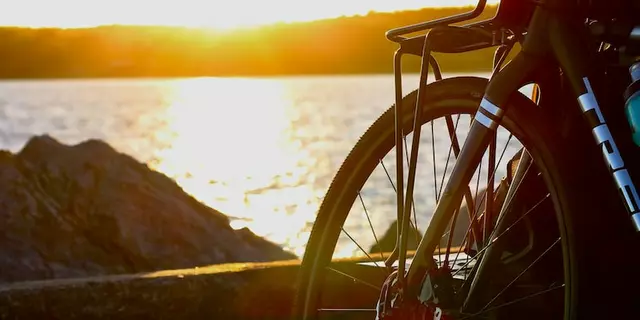
Write a comment